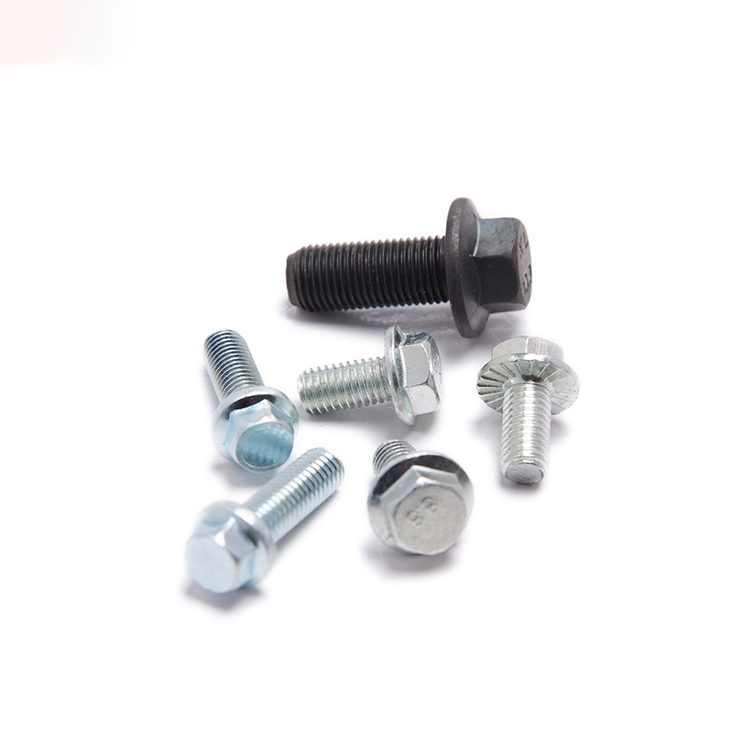Principles of decoration construction organization of home improvement supervision
When planning a home renovation, it's essential to follow a logical construction sequence. Typically, the process begins with structural engineering, followed by renovation work, then installation tasks, and finally the decorative phase. This order ensures that each stage is completed efficiently and without unnecessary disruptions. In addition to this general sequence, several key principles should be considered:
Protection of Finished Products: When multiple trades are working simultaneously, it's crucial to protect the finished surfaces and materials from damage. Proper coordination and clear communication among teams can help avoid costly rework.
Shortest Construction Period: The goal of organizing cross-functional and parallel operations is to minimize the overall project timeline. Efficient scheduling and resource allocation are vital to achieving this objective while maintaining quality standards.
Safety First: Safety is the foundation of any successful construction project. It not only protects workers but also ensures the project stays on schedule and meets all regulatory requirements.
Other important considerations include focusing on critical areas, making comprehensive plans, adhering to deadlines, arranging work procedures logically, promoting flow construction, using advanced technology and equipment, ensuring safety, reducing costs, and improving overall quality.
Home improvement projects typically involve various professionals such as bricklayers, electricians, plumbers, carpenters, and painters. Each plays a specific role in transforming a space into a functional and aesthetically pleasing environment.
Home Renovation Project
1. Main Components of Home Decoration
A home renovation can generally be divided into four main categories: structural engineering, renovation works, installation works, and finishing works. Each has its own purpose and contributes to the overall outcome of the project.
Structural Engineering: This includes balcony enclosure, non-load-bearing wall modification, electrical and plumbing upgrades, door and window removal, and heating system renovations.
Renovation Works: These involve ceiling, wall, and floor finishes, as well as window and door treatments. They form the core of the aesthetic transformation of the space.
Installation Works: This covers the installation of electrical systems, lighting, sanitary fixtures, kitchen appliances, and other accessories.
Finishing Works: These include custom furniture production, curtain design and installation, art placement, and the creation of decorative items.
2. Ceiling Project
Purpose: To conceal pipes for a cleaner look, enhance the visual appeal of the ceiling, and improve indoor lighting balance.
Content: Includes ceiling shaping, decorative elements, light installation, veneer painting, and paper pasting.
3. Wall Project
Purpose: To protect the structure, improve aesthetics, facilitate cleaning, and enhance safety.
Content: Covers wall skirting, heating cover installation, painting, wallpapering, tile laying, and decorative corner installation.
4. Floor Project
Purpose: To strengthen structural integrity, enhance appearance, ensure comfort, and make maintenance easier.
Content: Includes flooring installation, ceramic tile laying, carpet or paint finishing, and more.
5. Door and Window Project
Purpose: To improve durability, insulation, soundproofing, and aesthetics, as well as adjust natural lighting.
Content: Covers door and window adjustment, replacement, frame installation, and more.
6. Electrical Installation
Purpose: To improve indoor comfort, regulate temperature and humidity, reduce household effort, and enhance convenience.
Content: Includes circuit upgrades, socket additions, and installation of major appliances like air conditioners and range hoods.
Important Considerations in Home Decoration
Some common mistakes include overemphasizing high-end materials without considering practicality, ignoring personal preferences, and making poor layout decisions. It’s also important to avoid damaging load-bearing walls, not to install heavy materials without proper assessment, and to ensure gas and electrical safety during the process.
Material Inspection
Various materials need to be inspected for quality, including cement, tiles, wood, paint, and more. Ensuring the right materials are used is essential for long-term performance and safety.
Residential Renovation Procedures
The process should follow a structured approach, starting with checking drainage and preparing the base. Electrical and plumbing systems must be completed before decorative work begins. Specific sequences vary depending on the room, such as the living room, kitchen, and bathroom, each requiring a tailored plan to ensure efficiency and quality.
Product categories of Flange Bolts & Collared Hex Bolts, we are specialized manufacturers from China, Flange Hex Bolt, Heavy Hex Bolts suppliers/factory, wholesale high-quality products of Hex Tap Bolts, we have the perfect after-sales service and technical support. Look forward to your cooperation!
Used in automotive applications, plumbing, and more, flange bolts feature a Washer like flange beneath the Bolt head that speeds production time and distributes the clamping load, offering protection to the mating surface.
Flange Head Bolt,Metric Flange Bolts,Hexagon Flange Bolt,Hex Head Flange Bolt
Kunshan Zhonggu Precision Hardware Co., Ltd. , https://www.zgfastener.com